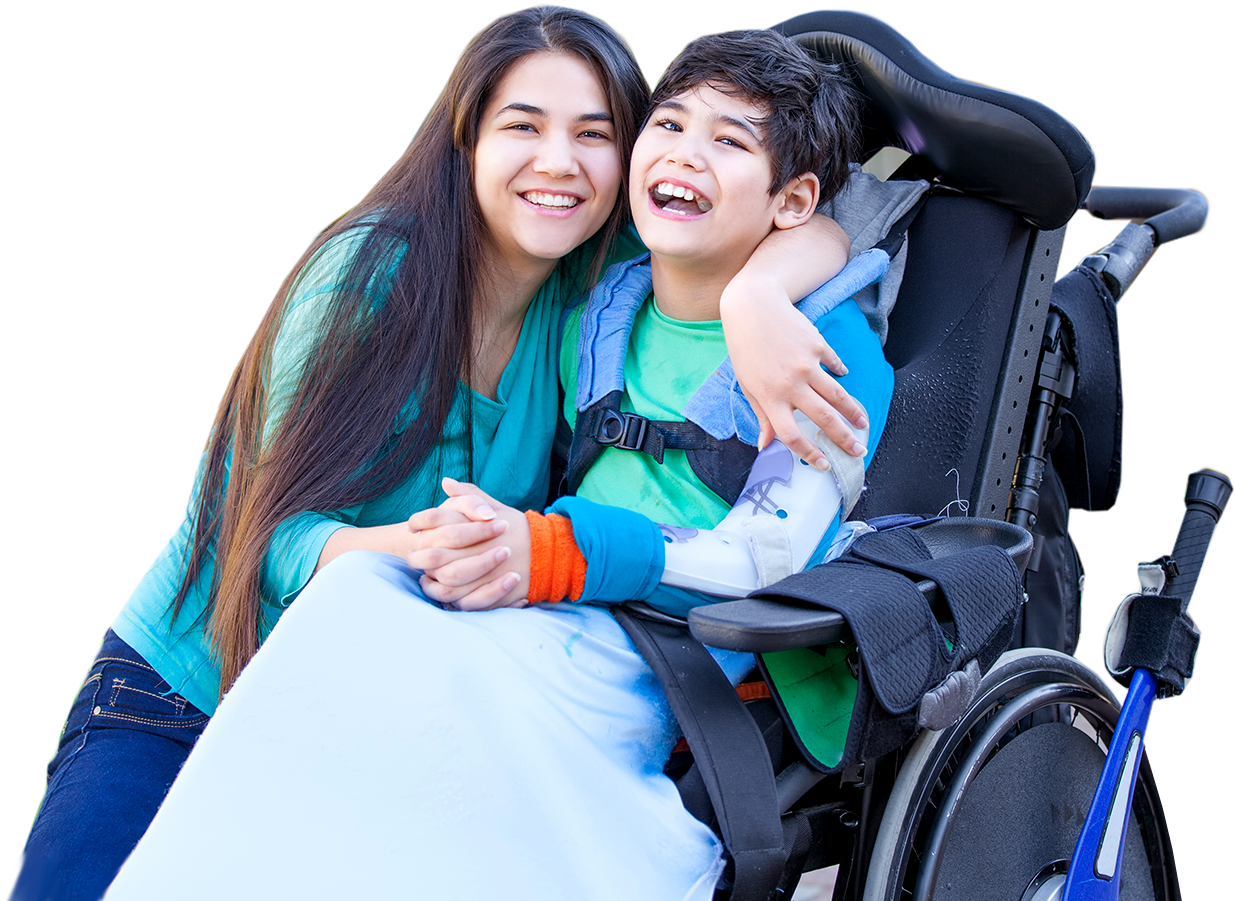Birth Injury
advice for birth injuries and what to expect

- Alternative
- Assistive Technology
- Associated Conditions
- Birth Injury
- Causes of Cerebral Palsy
- Cerebral Palsy Diagnosis
- Cerebral Palsy Information
- Cerebral Palsy Therapies
- Cerebral Palsy Treatments
- Child Development
- Doctor Visits
- Education
- Equipment
- Featured
- Legal Help
- Medical Research
- News
- Patient Care
- Prenatal Care and Childbirth
- Stories
- Tips for Parents
- Types of Cerebral Palsy
- Updates
Posts in 'Birth Injury'
C-Section and Cerebral Palsy
An estimated one in three women gives birth via cesarean section in the United States alone. While this method of birth is certainly common, it doesn’t come without risks. Understanding these risks and the effect a C-section can have on both you and your child is an important part of preparing for your labor and... Read More
Imaging Tests, Brain Scans, and Cerebral Palsy
Over the last several decades, doctors and medical researchers have used brain imaging tests to help them understand how cerebral palsy (CP) develops in children and affects their lives. If your child’s doctor suspects that your child has CP, they may request brain imaging tests to help them correctly diagnose the condition. A pediatric neurologist,... Read More
Vacuum-Assisted Birth and Cerebral Palsy
Some birth deliveries don’t go as planned and require other measures be taken to ensure the mother and baby are safe and healthy throughout the entire birthing experience. One of these measures is a vacuum-assisted delivery. While rare, this type of procedure can cause harm to the baby, with one of the potential risks being... Read More
Labor and Delivery Complications and Cerebral Palsy
Labor and delivery complications can have a long-term impact on the lives of both the child and mother. Many complications can impact the infant’s ability to obtain oxygen in the womb, depriving the brain of adequate oxygen supplies and possibly damaging it. If brain damage occurs during labor and delivery, it can cause long-term impairments... Read More
Babies Born With the Umbilical Cord Wrapped Around Their Neck and Cerebral Palsy
A nuchal cord is an umbilical cord wrapped around a baby’s neck. Umbilical cords connect a fetus with the mother and can be wrapped around a baby’s neck once, or even more than once. A body cord occurs when the umbilical cord is wrapped around a baby’s shoulder or abdomen. About 1 in 4 deliveries... Read More
Fetal Position and Cerebral Palsy
A fetus has both a position and presentation while in the womb. The position is the direction a fetus is facing relative to the mother’s spine. The presentation is how an infant’s body leads, or is anticipated to lead out of the birth canal. An abnormal fetal position or presentation can lead to birth injuries... Read More
Forceps Delivery Complications and Cerebral Palsy
During some deliveries, the mother isn’t able to move the baby out of the birth canal through pushing alone, or there may be safety or health issues that make unassisted delivery impossible or dangerous. When the health of the mother or baby is at risk, other options may need to be considered, such as a... Read More
What to Know About Anoxia and Its Role in Cerebral Palsy
Anoxia is largely a birthing complication that affects children either in the womb, during the birthing process, or immediately after delivery. Going through this distress can lead to a child developing cerebral palsy. Here is what you should know about anoxia and its role in cerebral palsy. What Is Anoxia? Anoxia is a very serious... Read More
Detecting Signs of Cerebral Palsy in Your Newborn: What to Watch For
One of the greatest joys—and reliefs—of new parenthood is seeing your baby reach the expected developmental benchmarks of infancy, such as sitting, rolling over, crawling, and walking. Babies who have trouble reaching these normal milestones may be exhibiting the signs of many different conditions. One such condition is cerebral palsy—a motor disorder that can result... Read More
Can Cerebral Palsy Be Caused by Doctors?
Cerebral palsy is the most common motor disorder seen in children. Some cases are identified shortly after birth, while others are not diagnosed until the child is older and their lack of motor control and skills becomes more noticeable. What Causes Cerebral Palsy? Cerebral palsy is a set of conditions that are caused by damage... Read More
